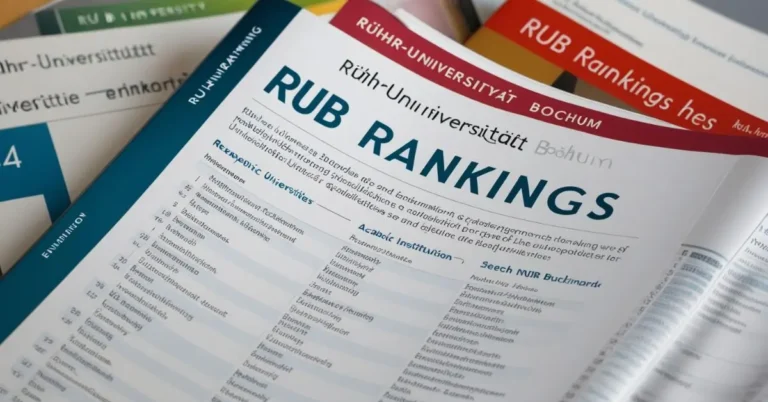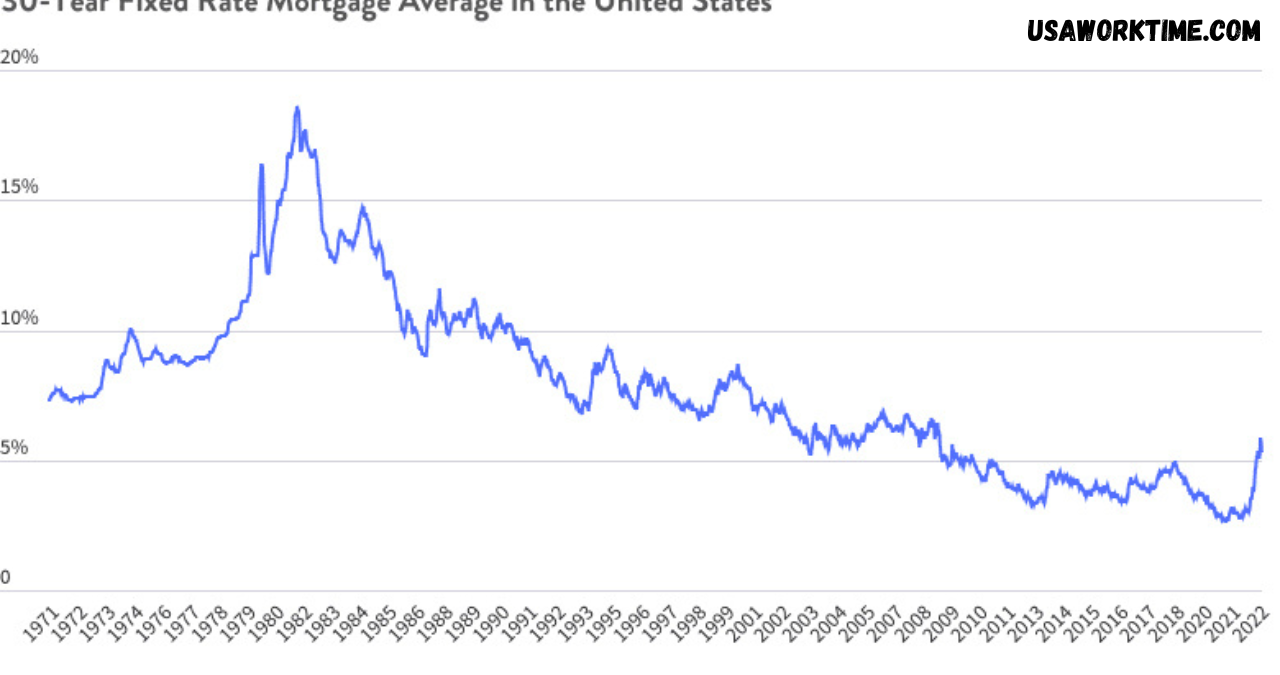In today’s performance-driven world, the need for Rub Ranking, consistent, and effective evaluation methods has never been greater. Whether you’re grading a student’s essay, assessing an employee’s performance, or determining an athlete’s skill level, rub ranking offers a structured and reliable approach to decision-making. This comprehensive guide dives deep into the world of rub ranking—what it is, how it works, where it’s used, and how to implement it successfully.
What is Rub Ranking?
Rub ranking, a term derived from “rubric-based ranking,” refers to the structured process of evaluating and ranking items, individuals, or outcomes based on predefined criteria. Unlike subjective assessments, rub ranking provides a clear framework for scoring, which promotes fairness and consistency across evaluators. It’s not just about giving scores—it’s about establishing a measurable standard of performance.
The concept of rub ranking finds its roots in education, where rubrics are often used to grade assignments. However, its application has spread widely across domains like sports, corporate environments, the military, and even the arts. A rub ranking system typically includes multiple performance levels with descriptors that explain what each level looks like in practice.
What sets rub ranking apart is its ability to eliminate ambiguity. By clearly outlining expectations, it ensures that all parties—evaluators and those being evaluated—understand what’s required to achieve a certain level of performance. This clarity leads to improved outcomes, as individuals know what to aim for and how to improve.
Key Components of an Effective Rub Ranking System
An effective rub ranking system is more than just a list of scores. It’s a well-designed framework composed of several essential elements that work together to deliver accurate, meaningful evaluations.
Criteria and Descriptors
The foundation of any rub ranking system lies in its criteria—the specific aspects being evaluated. For example, in a writing assignment, criteria might include grammar, organization, content, and creativity. Each criterion is paired with descriptors that explain what performance looks like at various levels (e.g., excellent, good, fair, poor).
Performance Levels
Performance levels are the tiers in which an individual or object is ranked. These could be numerical (e.g., 1-5), qualitative (e.g., beginner to expert), or symbolic (e.g., martial arts belts). What’s important is that these levels are clearly defined to reduce interpretation errors.
Scoring Methodology
The way scores are aggregated or interpreted plays a vital role. Some rubrics use weighted averages, where certain criteria are more important than others. Others may use a holistic approach, evaluating the overall quality without isolating individual parts.
Transparency and Objectivity
A high-quality rub ranking system minimizes personal bias by being transparent and easily understood. When evaluators apply the same standards uniformly, trust in the evaluation process increases, fostering motivation and accountability.
Applications of Rub Ranking Across Different Fields

Rub ranking systems are incredibly versatile and can be adapted to suit a wide range of professional and academic settings. Let’s explore how rub ranking functions in various domains.
In Education
Rubrics have become an essential tool in classrooms around the world. Teachers use rub ranking systems to assess everything from essays and presentations to group projects and portfolios. These rubrics not only streamline grading but also offer valuable feedback to students. When students understand how they’re being evaluated, they’re more likely to meet or exceed expectations. Educators also benefit from increased grading consistency and reduced subjectivity.
In Sports and Competitions
In competitive sports like gymnastics, martial arts, or figure skating, judges rely on rub ranking to assign performance levels. Martial arts, for instance, use belt systems—white, yellow, green, and so on—to signify rank. These ranks are based on proficiency, discipline, and time invested. Rub ranking here ensures fair progression and motivates athletes to train with purpose.
In Military and Law Enforcement
Ranking in the military is perhaps one of the most rigid and respected rub ranking systems. Promotions are based on performance, discipline, leadership qualities, and time served. This hierarchical structure ensures that responsibility is aligned with experience and proven ability.
In Business and Corporate Settings
From annual performance reviews to talent development programs, rub ranking helps organizations evaluate employee competencies. Managers often use rubrics to assess soft skills like communication, leadership, and problem-solving alongside job-specific performance. This encourages goal alignment between employees and organizational objectives.
Creating and Implementing a Rub Ranking System

Designing an effective rub ranking system requires both strategy and insight. Here’s a step-by-step approach to creating one that works:
Define Your Goals
What are you trying to evaluate? Start by identifying the desired outcome. Whether it’s quality, improvement, or consistency, clear goals will shape your rubric’s direction.
Select Evaluation Criteria
Choose measurable, observable criteria that align with your goals. Avoid vague terms. For example, instead of “good attitude,” opt for “willingness to collaborate in group settings.”
Create Descriptors for Each Level
Describe what performance looks like at each level for every criterion. This promotes consistency across evaluators.
Determine Scoring and Weights
If certain criteria are more important, assign them greater weight. Be clear about how the final score will be calculated.
Train Evaluators
Consistency is key. Train those using the rub ranking system to apply it correctly and avoid personal biases.
Review and Improve
No system is perfect. Collect feedback, analyze outcomes, and refine your rubric periodically to maintain relevance and effectiveness.
Criticism and Limitations of Rub Ranking

While rub ranking systems are powerful tools, they are not without limitations. Critics argue that overly rigid rubrics can stifle creativity, especially in artistic or open-ended projects. When individuals aim to “check all the boxes,” they may limit innovation in favor of fulfilling requirements.
Another concern is bias and subjectivity. Even with a structured rubric, different evaluators might interpret descriptors differently, especially in nuanced fields. Inconsistent application can lead to unfair assessments and erode trust.
To mitigate these issues, it’s essential to balance structure with flexibility. Rubrics should be reviewed regularly, and evaluators should be trained to interpret them consistently.
The Future of Rub Ranking Systems
The future of rub ranking lies in digital transformation. Learning management systems (LMS), AI-based tools, and performance analytics software are revolutionizing how rubrics are created and applied. Automated systems can analyze large volumes of data, providing real-time feedback and predictive performance models.
As industries evolve, so will rubrics. The trend is moving toward adaptive rubrics that adjust criteria based on context, user level, or goal shifts. With technology’s aid, rub ranking will become smarter, more precise, and more user-friendly.
Conclusion
Rub ranking is more than a grading tool—it’s a powerful framework that fosters clarity, consistency, and growth across numerous fields. Whether in education, sports, the military, or the workplace, it offers a fair and structured way to assess and recognize achievement. By understanding and implementing rub ranking systems effectively, individuals and organizations can unlock higher performance and more equitable outcomes.
You May Also Read: https://usaworktime.com/kennedy-funding-ripoff-report/










